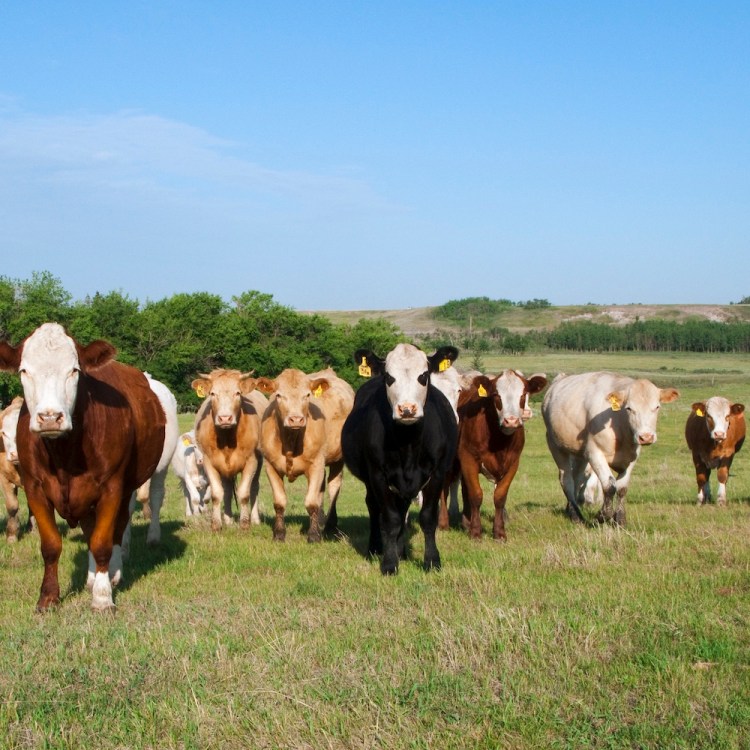Cosmic sustenance has taken a giant leap forward since the days of “space food sticks” and “compressed food cubes.” From the government organization that brought you space lettuce now comes a space salad.
Though astronauts probably never brought the National Air and Space Museum gift shop’s infamous freeze-dried ice cream sandwiches into space, they long fueled themselves with pre-packaged chops of beef, creamed spinach and butter cookies.
That likely sounds more appetizing than it ever was — over the years, astronauts went to great lengths to inject some flavor into their missions, from an American trying to smuggle a corned beef sandwich onto Gemini 3 to the Koreans spending $1 million and several years to develop a space-suitable kimchi.
Earlier this month, though, news of a “harmonic space salad” illustrated just how far we’ve come, both in the International Space Station’s astro-pharmacy and our collective understanding of nutrition.
How to Pick a Better Peanut Butter
Our favorite has good fats and a great reputation amongst growersWhat’s in a space salad?
- Kale
- Sweet potatoes
- Soybeans
- Poppy seeds
- Barley
- Peanuts
- Sunflower seeds
A chef might bristle at how these ingredients were chosen — via computational model, by researchers at the University of Adelaide, Australia and the University of Nottingham, UK — but the salad has a clear purpose: keep astronauts nourished over long-duration missions.
Back in 2011, NASA wrote: “Even though significant development has transformed the space food system over the last 5 decades to attain more appealing dietary fare for low-orbit space crews, the advances do not meet the need for crews that might travel to Mars and beyond. It is estimated that a food system for a long-duration mission must maintain organoleptic acceptability, nutritional efficacy, and safety for a 3- to 5-y period to be viable.”
This salad is a result of that mandate. “We have simulated a mixture of crops that deliver all the required nutrients that an astronaut needs, which is different from what people need on Earth.” How so? Well, astronauts are subject to microgravity, cramped spaces, limited exercise and aggressive changes in circadian rhythm. If sailors can fall prey to scurvy, it comes as little surprise that space farers are especially susceptible to nutritional deficiencies.
That doesn’t mean that that collection of crops above is healthier than the hundred-plus others the researchers reviewed. Only that it’s ideal in this use-case, and makes good on the researchers’ other main objective — identify foods that can be grown hydroponically, with as little fertilizer as possible, in as little space as possible.
Space gardens and chambers at the ISS (read more about Veggie and the Advanced Growth Habitat here) are able to cultivate a salad like this for consistent consumption. And someday soon, crews on missions further out in the solar system could be growing it, too.
Try it for yourself — we like the combination of hearty ingredients there (sweet potatoes, pearl barley, peanuts), which makes it fantastic for the plant-based curious out there. Don’t worry about getting through the day without a cut of chicken. This thing will fill you up. If it can get people to Mars, it can get you through your 4:00.
The Charge will help you move better, think clearer and stay in the game longer. Subscribe to our wellness newsletter today.




















